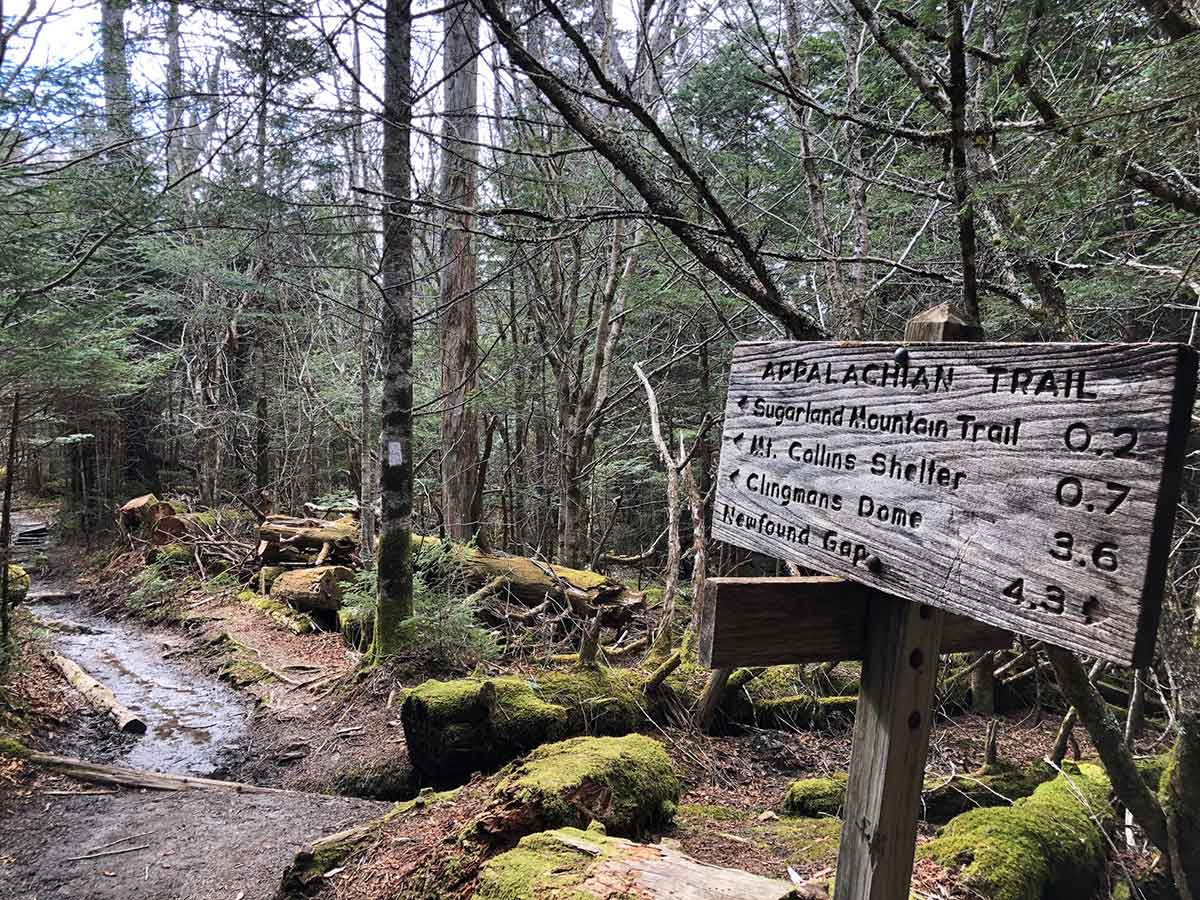Sara Mitschke
Graduate Teaching Assistant
Texas State University
Every year, thousands of search and rescue (SAR) operations are performed to locate and save lost or missing persons within our national parks. On average, Yosemite National Park’s SAR team responds to approximately 250 rescues per year. Nearly 70 percent of those rescues are to locate lost, missing, or injured hikers. The primary factors contributing to hikers becoming lost or reported as missing include losing the trail accidentally (and then being overcome by darkness), taking the wrong trail, and miscalculating the time or distance of the planned route. In addition, inadequate signage placement, poor typographic design, and lack of signage at decision points are among the many issues when analyzing the wayfinding throughout the park. The purpose of this project and study is to investigate Yosemite National Park’s hiking trail wayfinding system to design an improved solution in order to reduce the amount of SAR operations for lost or missing hikers.
Primary research will examine trail wayfinding and trail navigation in order to identify shortcomings with hiking trail wayfinding within our national parks. On average, Yosemite has approximately 60,000 overnight hikers annually, therefore, the research will include the impact darkness has on navigating trails at night. The practice of biomimicry will be used to influence the overall design outcome through the analysis of nature’s navigational processes and bioluminescence. Multidisciplinary collaboration with the natural sciences will be necessary in order to design a nature-inspired and sustainable solution.
Yosemite National Park is an ideal research environment for this study because observational research has identified multiple areas for hiking wayfinding improvements. Yosemite is also one of the most visited national parks in the United States. The study will conclude with a proposed nature-inspired solution to reduce the amount of SAR operations for lost or missing hikers.
This research was presented at the Design Incubation Colloquium 6.2: CAA 2020 Conference Chicago on February 14, 2020.
